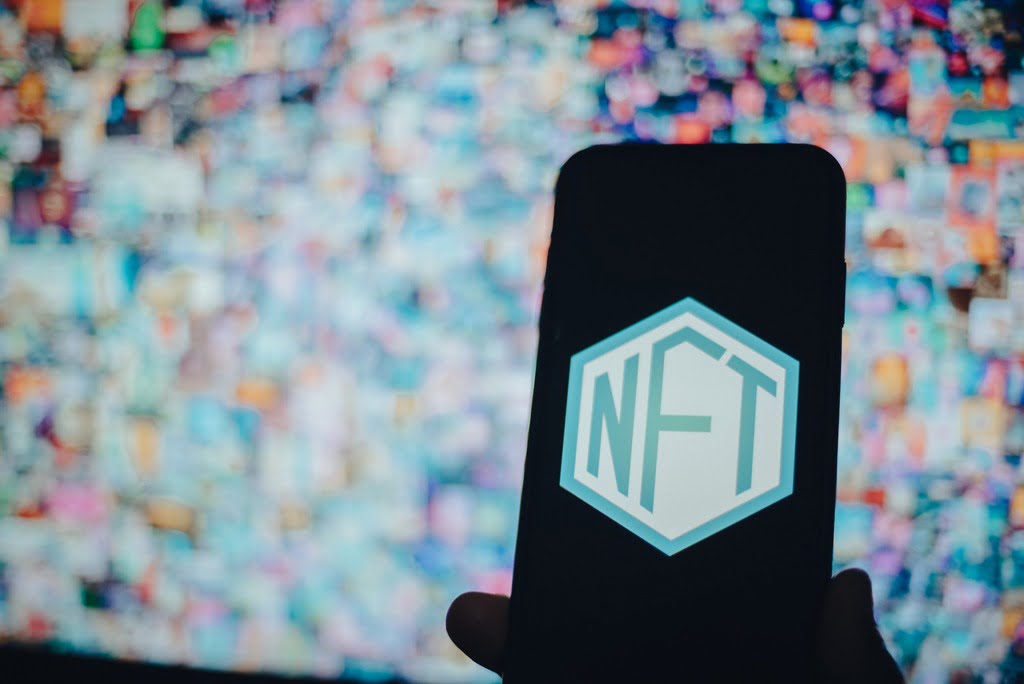Non-Fungible Tokens, or NFTs, have been creating a lot of buzz in the art world in recent years, but they’re not just for visual art. NFTs can also be used to represent unique digital video assets, and this has the potential to revolutionize the way we think about video production.
The rise of NFT and Video Production
Before diving into how NFTs can be used in video production, let’s take a step back and define what NFTs are. At their core, NFTs are a type of digital asset that are unique and cannot be replicated or replaced by another asset. They are created using blockchain technology, which is the same technology that powers cryptocurrencies like Bitcoin. A key characteristic of blockchain technology is that it creates a tamper-proof, decentralized ledger that can be used to verify the authenticity and ownership of digital assets.
So, what does this have to do with video production? Well, in the traditional model of video production, a video is created, distributed, and then it becomes part of the public domain. Anyone can access it, copy it, and share it without any limitations. This can make it difficult for creators to protect their intellectual property and make money from their work. NFTs provide a solution to this problem by allowing creators to mint unique tokens that represent their video, and then sell or trade those tokens as a way of monetizing their work.
When a creator mints an NFT, they can include information about the video, such as a title, a description, and metadata, along with a unique digital signature that verifies its authenticity. This allows buyers to know that they are buying an original work and not a counterfeit. Additionally, the blockchain ledger provides transparency for the ownership and transaction history of the NFT, making it easy for everyone to see who owns an NFT, and who has previously owned it.
Using NFTs for video production also opens up new possibilities for creative expression. For example, a creator can mint an NFT that represents a video that changes over time, such as a video installation that evolves based on data from the weather or the stock market. Or, they can create an NFT that gives buyers access to exclusive content or experiences related to the video, such as behind-the-scenes footage or a Q&A session with the creator.
Of course, there are still many questions and challenges to be addressed when it comes to using NFTs in video production. One major challenge is figuring out how to price NFTs, especially given their uniqueness and the potential for their value to change over time. Additionally, there are questions about how to handle the storage and distribution of NFTs and the videos they represent, as well as how to ensure that the rights of the creators are protected.
Despite these challenges, the potential for NFTs to revolutionize the way we think about video production is clear. They provide a new way for creators to monetize their work and for buyers to own and collect unique digital assets. As the technology and ecosystem continue to evolve, we can expect to see more and more interesting and innovative ways that NFTs are being used to create, distribute, and monetize video content.
However, it’s worth to mention that NFTs still a new and emerging technology, with a lot of experimentation in the space right now. There is also, of course, environmental concerns related to NFT minting that could be detrimental. Its important for creators and buyers to research and consider these concerns before getting involved in NFT space.
Overall, it’s exciting to see how NFTs are already being used in video production and what they could mean for the future of the industry. As the technology continues to develop,

